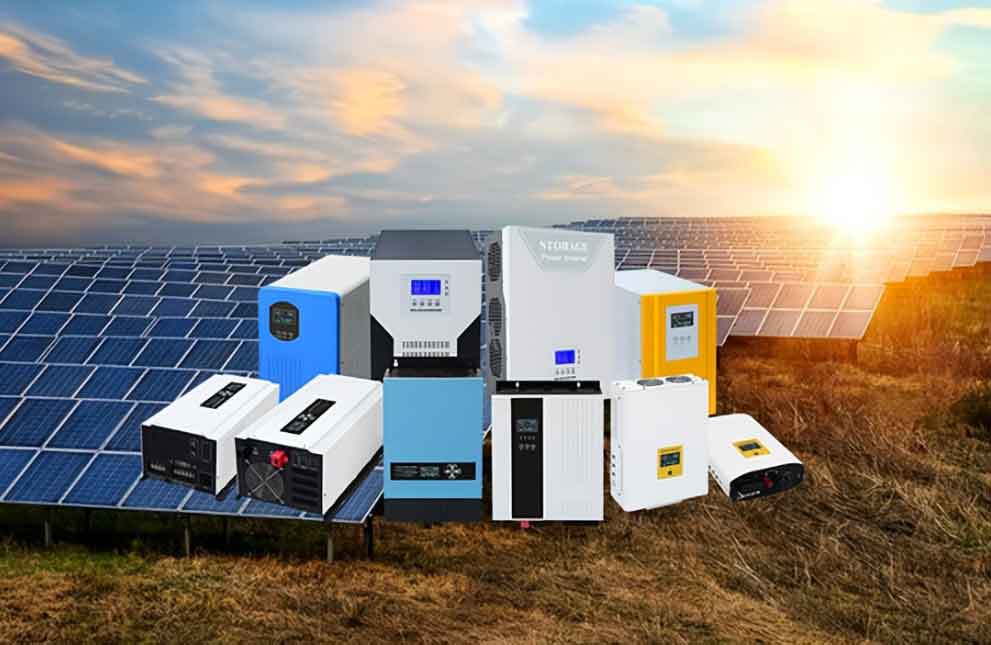Off-grid inverters and grid-tied inverters are two primary types of inverters used in power systems, particularly in solar energy systems. Each serves a unique purpose and is suitable for different types of installations based on whether the system is connected to the utility grid or operates independently. Here’s an overview of the differences and similarities between off-grid and grid-tied inverters:

Differences
- Connection to Utility Grid:
- Off-grid Inverters: Designed for systems not connected to the utility grid. These inverters need to handle all aspects of electricity generation, conversion, and distribution within a standalone system, often with battery storage.
- Grid-tied Inverters: Designed to operate in conjunction with the utility grid. They convert DC from solar panels into AC compatible with the grid and synchronize the phase and frequency of their output with the grid.
- Energy Storage:
- Off-grid Inverters: Typically integrated with battery storage to ensure power availability when the renewable energy source (like solar or wind) is insufficient. They manage the charging and discharging of batteries based on energy needs.
- Grid-tied Inverters: Generally do not require battery storage since they can feed excess power back to the grid and draw from the grid when additional power is needed.
- Functionality:
- Off-grid Inverters: Must be capable of providing all electrical needs, including handling varied load demands and managing energy storage.
- Grid-tied Inverters: Mainly focus on maximizing the energy exported to the grid and maintaining the quality of power in terms of voltage, frequency, and phase in alignment with grid standards.
- Financial Incentives:
- Off-grid Inverters: Fewer opportunities for financial incentives since these systems are independent and do not contribute to the utility grid.
- Grid-tied Inverters: Often qualify for net metering, feed-in tariffs, or other incentives where excess power generated can be sold back to the grid, creating a financial return.
- Installation and Maintenance:
- Off-grid Inverters: More complex to install and maintain due to the need for additional components like batteries and sometimes backup generators.
- Grid-tied Inverters: Simpler in terms of installation and maintenance since they rely on the grid for backup and do not typically involve battery storage.
Similarities
- Basic Functionality: Both types of inverters convert DC power to AC power, although the specifics of their operation and integration may differ.
- Use in Renewable Energy Systems: They are both used predominantly in solar energy systems, though they can also be used with other renewable sources like wind.
- Energy Efficiency: Both strive to achieve high energy efficiency to optimize the performance of the renewable energy system in which they are installed.
- Technological Advances: Innovations such as improved energy conversion efficiency, smarter energy management, and integration capabilities affect both types of inverters.
- Regulatory Compliance: Both must comply with various safety and operational standards, although the specific standards may vary between grid-connected and off-grid systems.
In conclusion, the choice between an off-grid and a grid-tied inverter will depend primarily on whether the system is intended to operate independently of or in conjunction with the utility grid. Each type of inverter is tailored to its specific environment, focusing on optimizing system performance, reliability, and efficiency within those contexts.
